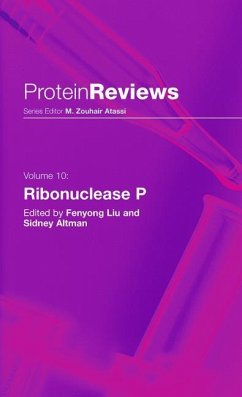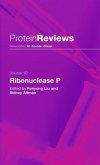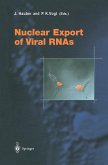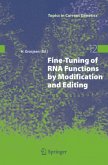The Discovery of Ribonuclease P and Enzymatic Activity of Its RNA Subunit Sydney Brenner and Francis H. C. Crick had a specific project in mind when they offered Sidney Altman a position in their group in 1969 to conduct postdoctoral research at the Medical Research Council Laboratory of Molecular Biology (LMB) in Cambridge, England. At the time, an intense international competition was on- ing in as many as a dozen labs to determine the three-dimensional structure of tRNA. At the LMB, Aaron Klug was attacking the structure by crystallographic analysis with Brian F. C. Clark providing large amounts of purified phenylalanine tRNA. (Eventually, Aaron announced his empirically determined 3-D structure of yeast phenylalanine tRNA, a structure that is generally common to tRNAs, due in part to several conserved, novel three-way nucleotide interactions. ) Concurrently, Michael Levitt, a Ph. D. student of Francis, was visually scrutinizing the cloverleaf secondary structure of the 14 tRNA sequences known at the time. Levitt was searching for nucleotide covariation in different parts of the molecules that were conserved in the 14 sequences known at the time. He identified a possible covariation of an apparent Watson-Crick pairing type between the residues at position 15 from the 5' end of the tRNA and residue 48. This association implied these parts of the tRNA, namely the D loop containing residue 15 and the 5' end of the T stem-adjoining residue 48, folded on one another in a tertiary structure shared by different tRNAs.








